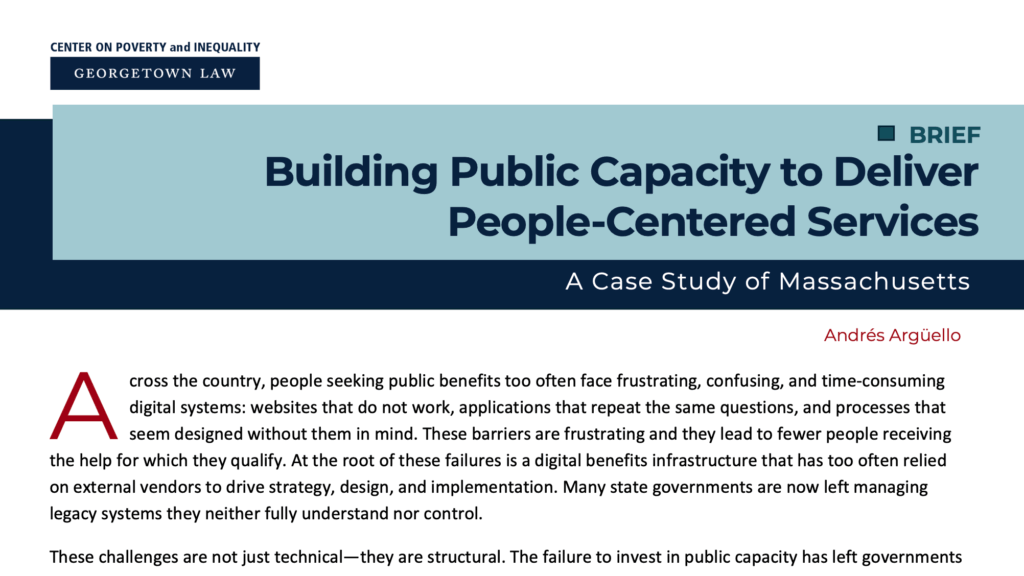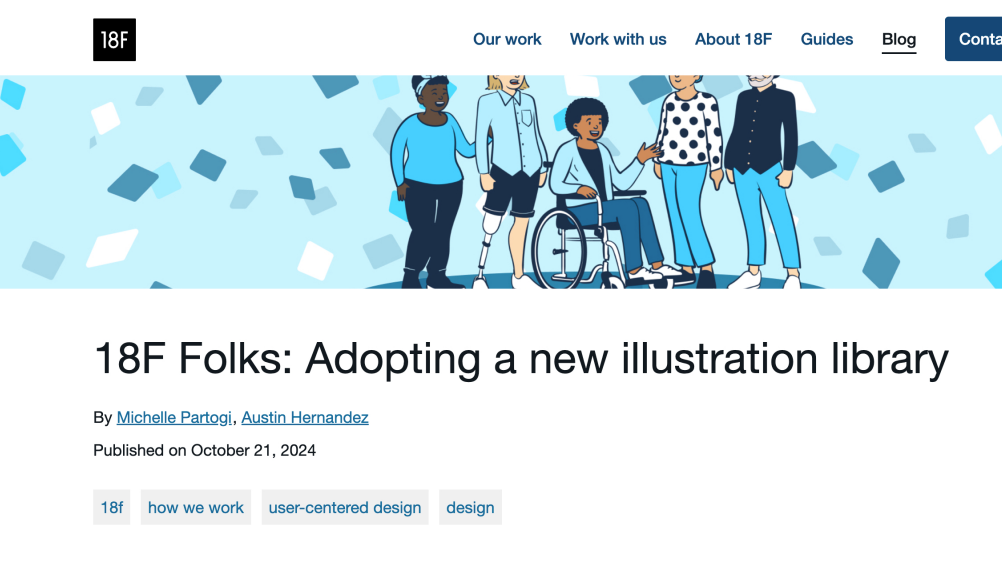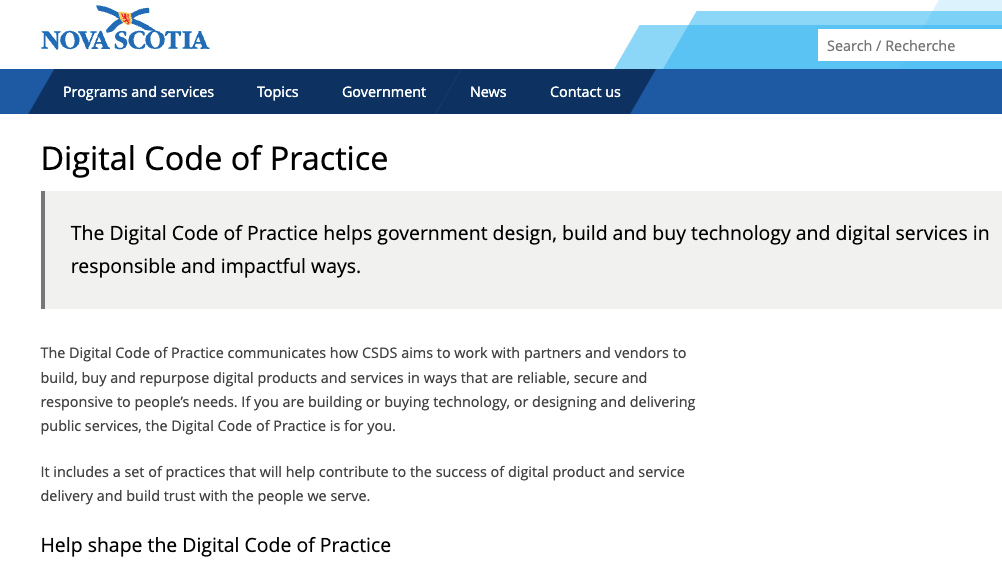FormFest 2024 Recap: Welcome to FormFest
An event recap from one of FormFest 2024’s opening main stage featuring speakers from the Commonwealth of Pennsylvania, State of Maryland, Beeck Center for Social Impact + Innovation, and Code for America.
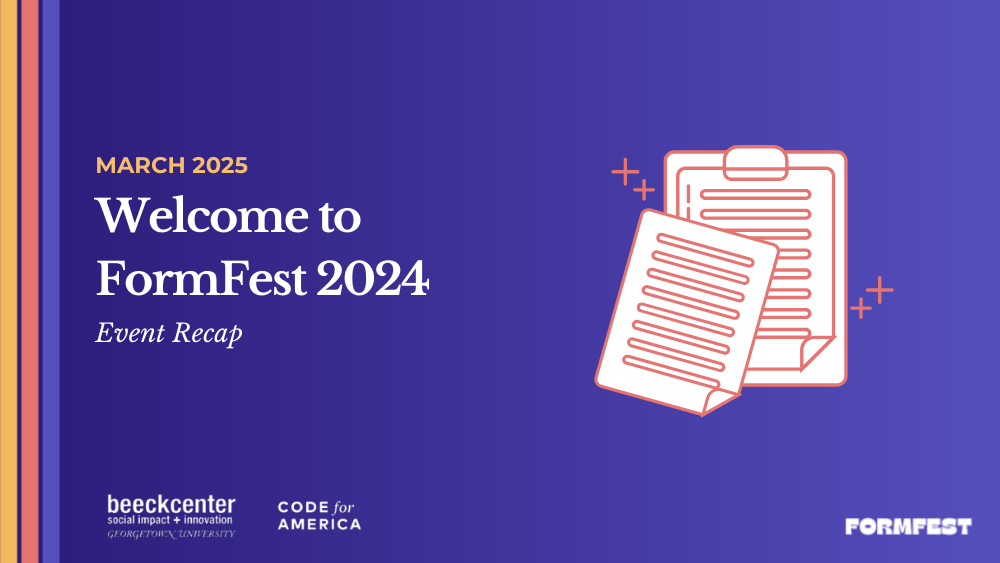
FormFest 2024 kicked off with a mainstage conversation covering a range of topics, including form design, accessibility, user experience, data collection, and how good forms can build trust and confidence in government. Speakers share learnings about the ways that state governments are prioritizing form innovation, ranging from the Pennsylvania “Forms That Don’t Suck” internship, to work in state agencies to improve forms to make services accessible to everyone.
Forms that Suck Less
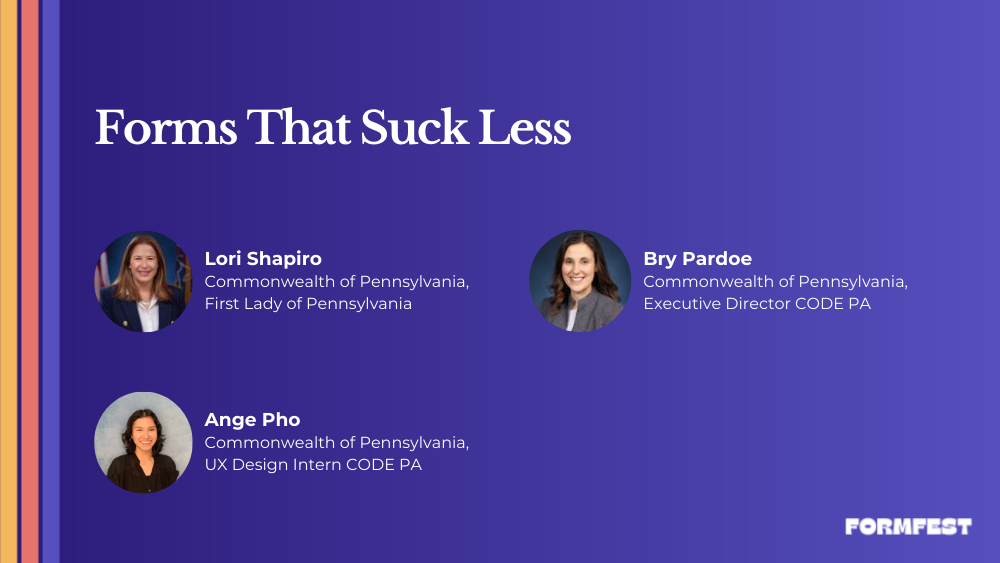
FormFest 2024, in its second year, drew over 2,000 registrants from 30 nations to discuss improving government forms. The event was co-hosted by Kristen Wyatt (Senior Director for the Digital Service Network at Beeck Center for Social Impact and Innovation at Georgetown University) and Marlena Medford (Senior Director of Strategic Communications at Code for America), who shared how the event originated from their 13-year friendship and shared experiences in local government. The opening panel was moderated by Arlene Corbin Lewis (Chief Communications and Marketing Officer at Code for America) and featured First Lady of Pennsylvania Lori Shapiro, Code PA Executive Director Bry Parode, and UX Design intern Ange Pho discussing Pennsylvania’s innovative “Forms That Suck Less” initiative.
The panel delved into several key initiatives and programs. First, Lady Shapiro described hosting user experience listening sessions at the governor’s residence, where they gathered feedback from diverse groups including grant seekers and visually impaired users to improve form accessibility. Ange, who joined the program as an intern, shared their personal connection to the work as a child of immigrant parents who often helped with government forms. Code PA Executive Director Bry outlined their mission to make services “simple, seamless, and secure,” crediting UX design leaders Stephen Gardi and Annalise Smith for conceiving the internship program. The discussion highlighted their use of the Keystone design system and standardized technology to create repeatable processes for form improvement. Looking ahead to 2025, Code PA plans to expand the internship program to include cross-functional teams covering research, design, development, and accessibility testing, aiming to build a comprehensive toolkit for form transformation across the Commonwealth.
Form Flubs
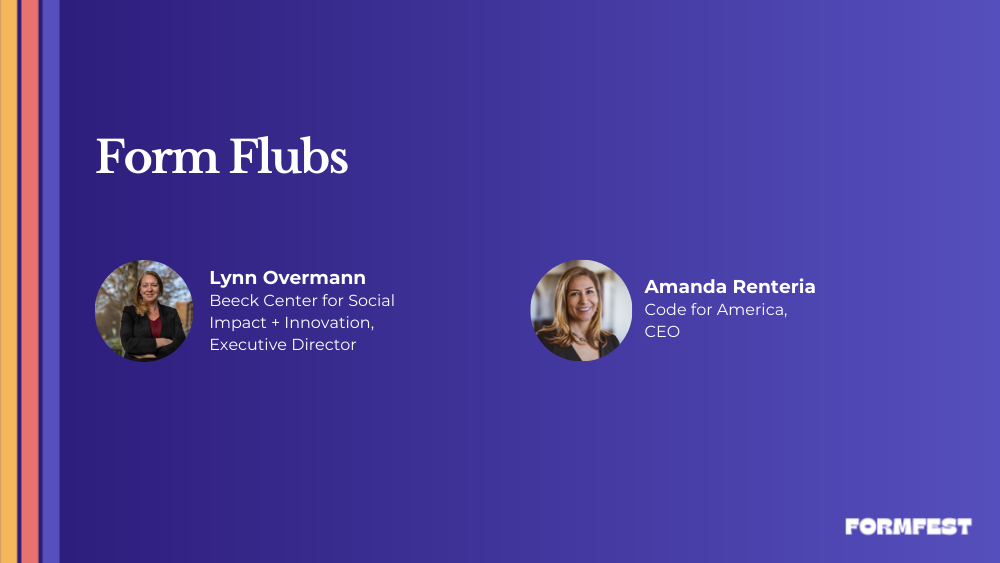
Amanda Renteria (CEO of Code for America) and Lynn Overmann (Executive Director of Beck Center for Social Impact and Innovation) presented a humorous yet insightful analysis of problematic government forms they dubbed “Form Flubs.” The first example was “The Online Form That Needs to Be Printed,” a state park permit that exemplified outdated practices – requiring users to print a non-fillable PDF, complete it by hand, and mail it with a $10 check fee. This form type is particularly problematic as many people don’t own printers, and it’s non-compliant with the Department of Justice’s accessibility ruling. Their second example, “The Form to Nowhere,” highlighted internal government inefficiencies through a city employee travel/expense reimbursement form. While it showed some progress as a fillable PDF with auto-calculations, the data still required manual re-entry into another system by finance staff, creating redundant work.
The third example, dubbed “The Existential Crisis Form,” was a county mobile home placement permit that demonstrated multiple layers of complexity. Despite appearing simple initially, this non-fillable PDF required nine different pieces of documentation, had six additional inspection requirements with no guaranteed timing, and featured poor design elements like a large “do not write” space and hidden signature line. The form’s complexity was amplified by its impact on multiple departments including land use, environmental planning, storm water, and sewers. The final example, “The Doom Scroll,” addressed digital accessibility issues in safety net benefits enrollment forms across all 50 states. Despite 85% of Americans owning smartphones as of 2021, many of these forms weren’t mobile-responsive – a particular challenge for low-income communities who primarily use phones. One particularly egregious example required users to select each digit of their social security number from individual drop-down menus. Despite these challenges, Renteria and Overmann highlighted significant progress, noting that mobile-responsive benefit applications increased from 43% in 2019 to 69% in 2023. The presentation concluded by directing attendees to various FormFest sessions where solutions to these common issues would be discussed, including presentations from Arizona, Massachusetts, German Digital Service, Portland Oregon, and Wisconsin Department of Public Instruction.
Forms in Maryland
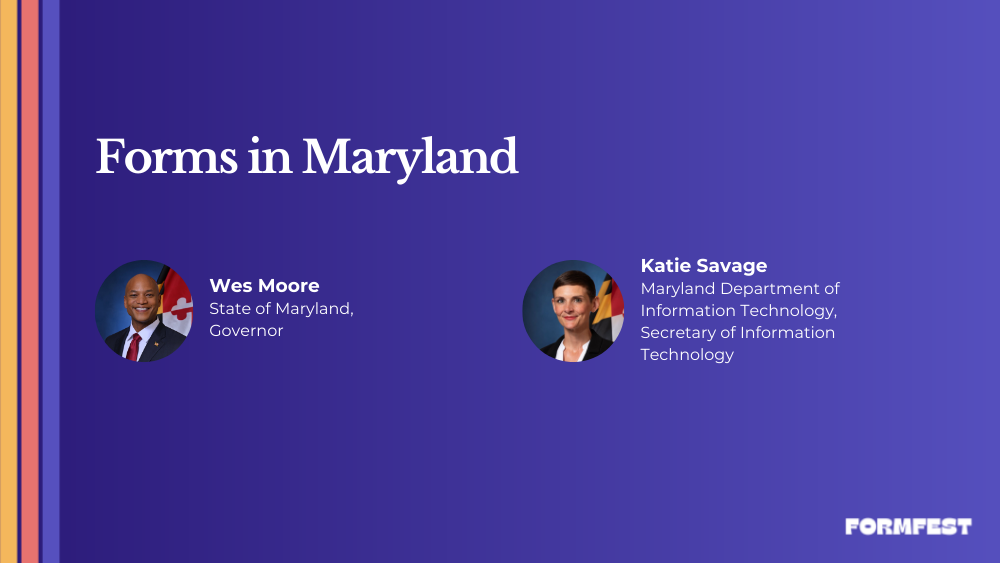
Governor Wes Moore of Maryland and Secretary of Information Technology Katie Savage presented their state’s comprehensive approach to form improvement and digital transformation. Governor Moore emphasized that forms represent more than just data entry – they’re about people, families, and community well-being. He highlighted specific improvements in Maryland, including changes to kinship caregiver assessment forms and public benefits applications, noting that small changes to government forms can yield significant improvements in people’s lives. Through initiatives like the Council on Innovation and Impact and the state’s new IT investment fund, Maryland is working to create lasting technological improvements.
Secretary Katie Savage then detailed Maryland’s systematic approach to form improvement since January 2023. Under her leadership, the Department of Information Technology has implemented several key initiatives, including an accessibility directive and an executive order on plain language to ensure services are available to all residents regardless of ability. Drawing from her experience as Director of the Defense Digital Service, Savage shared insights about simplifying processes and automating data collection. She revealed that Maryland has identified 1,200 forms needing digitization and improvement, and described specific projects including improvements to SNAP applications and appointment scheduling. The state is implementing mobile-friendly systems for benefits applications and redeterminations, all aligned with Governor Moore’s motto to “leave no one behind.” Savage emphasized that while effective government services often go unnoticed, forums like FormFest provide an opportunity to recognize and improve this critical work that impacts constituents’ daily lives.
Key Takeaways
- User-centered design is essential for government form improvement. The “Forms That Suck Less” initiative in Pennsylvania emphasized the importance of gathering feedback from diverse user groups, such as grant seekers and visually impaired individuals, to enhance accessibility and usability. This focus on real-world experiences helps shape forms that truly meet the needs of all of their users.
- Government form inefficiencies can lead to frustration and wasted time. Presenting examples like “The Online Form That Needs to Be Printed” and “The Existential Crisis Form,” Amanda Renteria and Lynn Overmann highlighted how outdated and poorly designed forms create barriers to access and waste resources. Addressing these inefficiencies can improve both user experience and operational effectiveness.
- Statewide efforts to simplify and digitize government forms can have a lasting impact. Maryland’s comprehensive approach, led by Governor Wes Moore and Secretary Katie Savage, showcased how systematic initiatives, such as digitizing forms and improving accessibility, can significantly enhance the ease of accessing public services. These efforts contribute to a more inclusive and efficient government.
See more from this session at FormFest 2024:
Watch the session recording and more from FormFest 2024.
Welcome to FormFest
This mainstage session from FormFest 2024 included conversations about form design, accessibility, user experience, and data collection to show how good forms can build trust and confidence in government.
Running Into the Fire: A FormFest 2024 Profile
A profile on FormFest speaker Luke Farrell, featuring stories about his motivations for working on public sector form innovation.
A Full-On Form Frenzy: A FormFest 2024 Profile
A profile on FormFest speakers Alan Holcomb and John Ownes, featuring stories about their motivations for working on public sector form innovation.
About FormFest
FormFest is a free virtual event showcasing governments working to make services accessible to everyone through online forms. Discover best practices and tools that are shaping the future of form design and service delivery.
